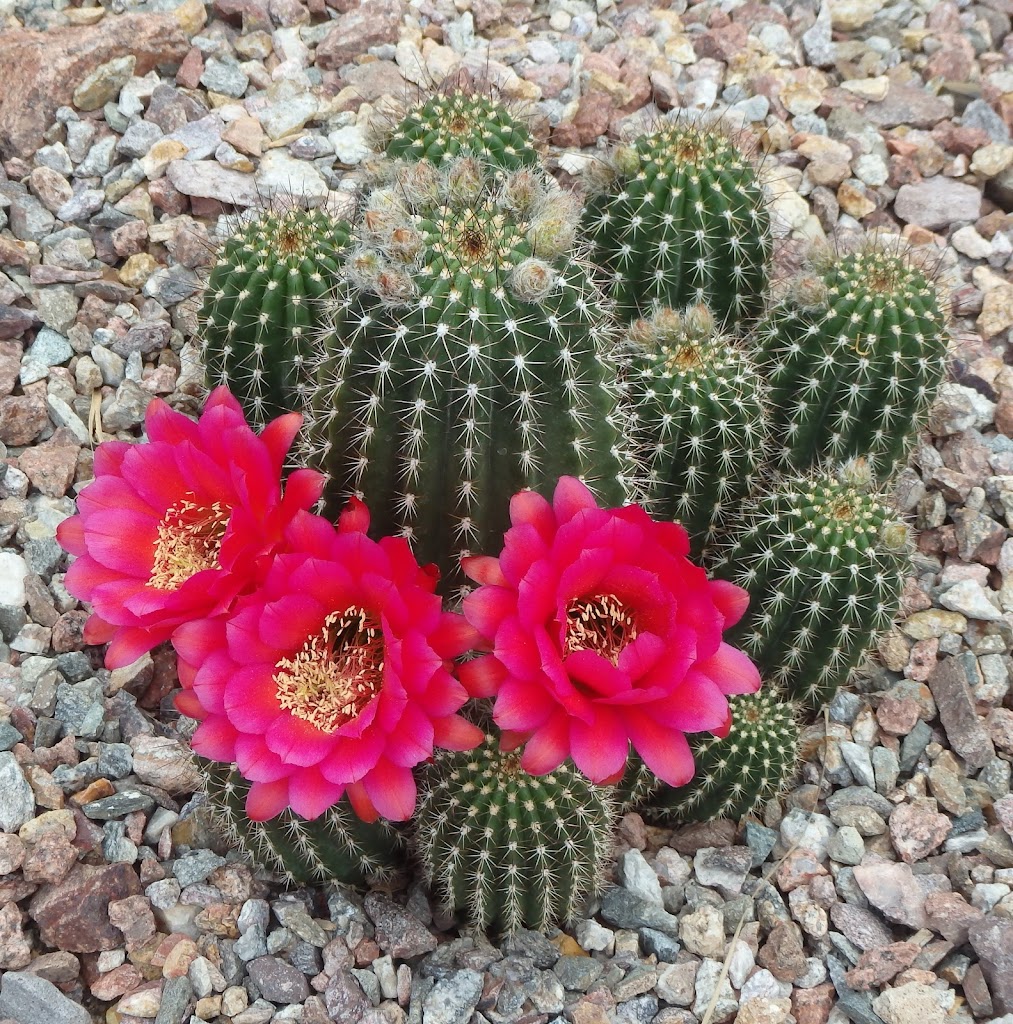A leaf tissue analysis would show that this ornamental pear is lacking iron. Why Send a Tissue Analysis? The purpose of submitting leaves for a leaf tissue nutrient analysis is to find out the reasons why plants might look sickly or not performing the way we would like. These types of leaf tissue analysis identify nutrients found in the leaves and help to identify which ones may be in short supply. These types of tools are used by growers to adjust which fertilizers are applied and their timing of application in efforts to boost production or performance. A leaf tissue analysis would show this peach tree is iron deficient What the Sample Wont Tell You Submitting a leaf tissue sample has nothing to do with identifying an insect or disease problem, chemical poisoning problems from weed killers or other toxic chemicals. These types of problems are best handled a different way. Baseline Sample is Needed Submitting leaf samples from a problem plant are not enough. Leaf nutrient analysis information is needed from acceptable plants (this establishes a baseline) as well as the problem plant. It’s best these plants are genetically close to each other (the same variety or cultivar is best), they are approximately the same age, the leaf samples taken from the same locations and similar times of year. even though it looks like it might be nutritional, its not. Leaf tissue analysis wont show a disease problem developing like this Sometimes two samples are submitted; one from acceptable plants and another from problem plants. When historical information exists, this information can be used as the baseline for submitting leaf tissue from problem plants so always keep old leaf tissue analysis reports! How to Take a Sample Select a plant or group of plants showing a suspected nutritional problem. The plants may all be in the same area or they may be scattered through the growing area. If this problem is on only one plant, sample a single plant. If the problem is on several plants, take subsamples from several plants showing the same symptoms and combine them into one sample. Take leaf samples at a time of year used to establish historical baseline information. For example, if the baseline information you are using were from plants sampled in the spring of the year, take samples in the spring. If baseline information was in Midsummer, take samples in Midsummer. In some cases, a new baseline may be needed. If submitting one sample from problem plants and another from acceptable plants to establish a baseline, then these are taken on the same date. Take leaf samples from similar areas of the plant and establish where on the plant samples should be taken from. In some cases, this might be newer growth and in other cases older growth. A simple way to do this is to take leaf samples at similar distances along the stems. Document and Label Label these samples in a clean plastic bag using a permanent marker with a 4 letter Code name, date they were taken, and area of the plant taken from (old growth vs new growth). Place these leaf samples in a refrigerator until they are ready to be sent to the lab for analysis. Take notes. Write what you did and how you did it in a log or notebook. Believe me, you wont remember it next year. Contact the Laboratory Download submission forms from the laboratories website and fill out the paperwork. Call the laboratory and make arrangements for the shipment and any fees that must be paid ahead of time. It is important that these samples are as fresh as possible so keep them in the refrigerator until they are ready to be sent, overnight, to the laboratory. Send them to a laboratory at the beginning of the week so they’re as fresh as possible. A plant tissue analysis laboratory that I frequently use is A and L Laboratories in Modesto CA with the website http://www.al-labs-west.com/
